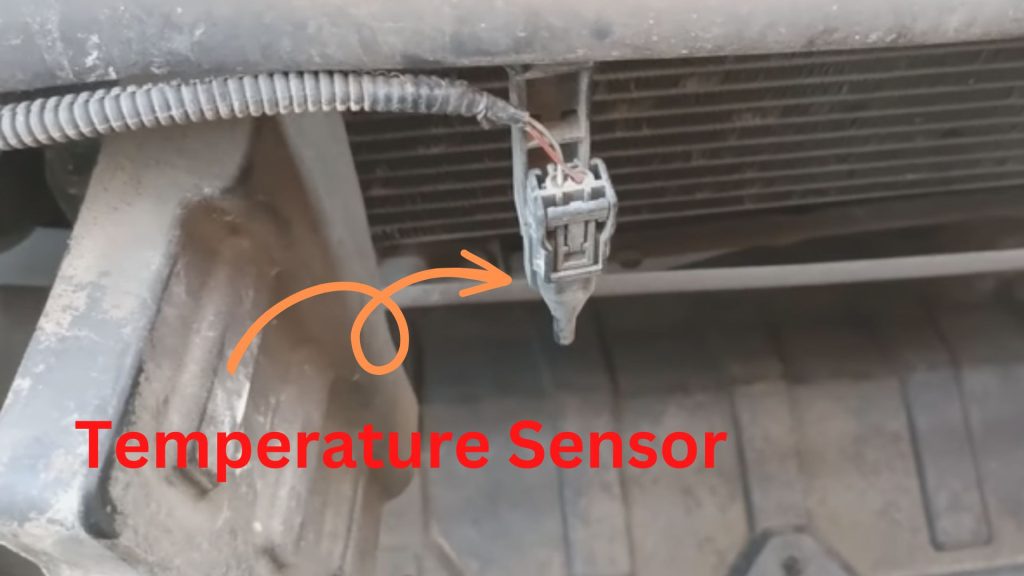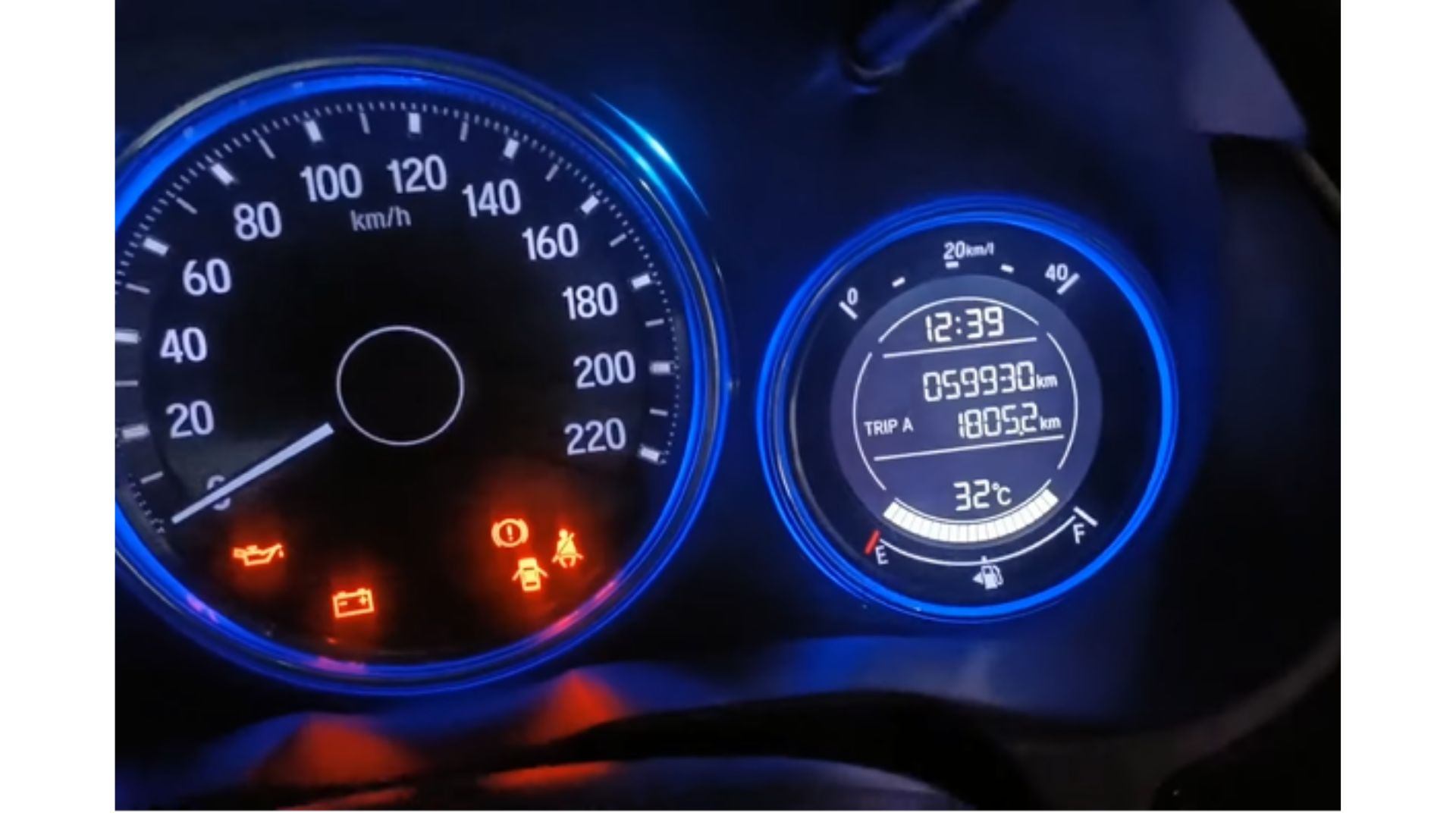You find outside temperature sensors in vehicles that show exterior temperature information on a display. These devices will also play a role in the functions of automatic air conditioning systems. This is what you should know about the outside temperature sensor:
1). The sensor allows the air conditioner to adjust the internal temperature in response to changes in the exterior temperature. The exterior temperature matters because hot cars are dangerous, not just to young children but to drivers as well.
ABC.net reported on a study in which the researchers analyzed the side effects of heat stress on drivers. Russell White (Driver Safety Australia) found that 50 percent of drivers missed traffic signals at 27 degrees C.
Additionally, many Middle Eastern studies have found that road accidents increase in hot weather. A paper in Environ Health Perspect looked at motor vehicle accidents in Catalonia and noted that the risk of crashes increased by 2.9 percent during heat wave days.
Therefore, you cannot underestimate the importance of an outside temperature sensor.
2). You have two sensors outside the vehicle. The first sensor works with the engine control computer. You find it in the vicinity of the engine air intake. The car uses this sensor to guarantee the accuracy of the fuel mixture.
This sensor is concerned with the temperature of the air flowing into the engine. It doesn’t care about the temperature outside the hood.
The second sensor measures the air temperature outside the car. The vehicle uses this temperature to adjust the air conditioner’s settings.
3). The outside temperature sensor’s location changes depending on the model. Naturally, you will find it outside. But where exactly? Your options include the following:

- Under the front hood near the bottom.
- Behind the front bumper/grille.
- Below the driver’s door.
- In the door mirror (Behind the glass).
Manufacturers select a location that protects the sensor from sunlight and the engine’s heat. However, you can’t protect this sensor from all conceivable heat sources.
How Does A Car Outside Temperature Sensor Work?
The temperature rises when heat increases the kinetic energy of the gas molecules, causing them to bounce around at a faster rate. Thermometers measure the average kinetic energy of gas molecules to estimate the temperature.
Your car’s outside temperature sensor is a thermistor as opposed to a conventional thermometer. Heat causes changes in the electrical current, and the thermistor tracks those changes. Unlike thermometers, thermistors don’t use liquids like mercury.
They send the information they collect to a module that controls the air conditioning unit, commanding it to either speed up or slow down.
The Global and Mail has assured concerned drivers that wind at high speeds is unlikely to influence an outside temperature sensor’s readings. Inanimate objects have a different response to wind chill.
Humans feel colder at high speeds because the flowing air keeps shaving the layer of warm air away from the skin, creating a cold sensation. As a result, you feel colder than the ambient temperature.
Temperature sensors are the opposite. They won’t register lower temperatures at high speeds because they are colliding with more air molecules, a development that produces warmer temperatures. The increase is too small to influence the readings significantly.
Some models shield their outside temperature sensors from the wind. But such protective mechanisms are unnecessary.
How Accurate Is Outside Temperature Sensor?
This is the question every vehicle owner asks. They want to know whether they can trust their outside temperature sensor to provide accurate readings. This is what you should know:
1). Are Outside Temperature Sensors Accurate?
Most outside temperature sensors are not accurate. Their location is the problem. These devices are surrounded by significant heat sources. The Washington Post’s biggest concern is the road.
When did you last walk barefoot on concrete on a hot day? Do you remember how hot the concrete felt? Roads are the same. They absorb the sun’s radiation. The hotter the day, the higher the road’s temperature.
And unfortunately, most thermistors are close to the ground. They record extra heat from the road, which corrupts their readings. They are not necessarily measuring the temperature in the air.
Night-time readings are more accurate because the cool air allows the heat in the asphalt road to dissipate. This is also true for cloudy days.
The temperature sensors in electronic signs on the roadside have similar weaknesses. Manufacturers position the sensors at the bottom where the ground’s temperature can confuse them. NBC26 blames this weakness for the ridiculous temperatures roadside signs occasionally display.
WFMY News 2 has encountered a situation where an external temperature sensor recorded 212 degrees when the actual air temperature was 98 degrees.
Does this mean outside temperature sensors are useless? Not necessarily. They will show you how quickly or slowly the temperature changes. So long as you remember to take the readings with a grain of salt, these devices can still serve a purpose.
2). Should Innacurate Readings From Outside Temperature Sensors Worry You?
Inaccurate readings should worry you because the vehicle uses them to set the AC. The wrong exterior readings can cause the interior temperature to fluctuate dramatically, making the cabin irritatingly hot or cold.
The outside temperature sensor won’t affect the engine’s operations, not directly. However, your fuel consumption may spike because of the air conditioner’s fluctuations.
3). Signs Of A Bad Outside Temperature Sensor
You can’t always blame the inaccurate readings from a temperature sensor on the heat from the engine or the asphalt road. Some temperature sensors are simply defective. Look for the following signs:
- The AC unit in high-end vehicles uses the sensor’s readings to make automatic adjustments to the interior temperature. The AC’s auto mode will stop working once the ambient temperature sensor fails because it doesn’t have a reference point on which to base its settings.
- The AC will become inconsistent. For instance, it may lower the temperature when you’re freezing or raise it when you already feel hot. This happens because the thermistor is sending incorrect readings to the computer.
- The air conditioner may stop working altogether.
- The temperature gauge’s readings will differ drastically from the actual temperature. Slight differences are forgivable. Significant changes should concern you.
4). Resetting The Outside Temperature Sensor
Don’t be so quick to discard a faulty temperature sensor. Sometimes, resetting the device solves the problem. The process includes:
- Turning the vehicle off.
- Disconnecting the battery.
- Locating the temperature sensor.
- Disconnecting the wiring.
- Pressing the reset button.
The reset procedure will change depending on the model. For instance, resetting a Ford Escape’s temperature sensor involves:
- Starting the engine.
- Shifting to ‘Drive.’
- Pressing ‘AC’ and ‘Max AC’ simultaneously.
In the Ford Fusion, you:
- Find the sensor.
- Disconnect the wiring.
- Turn the temperature dial to the maximum setting.
- Turn it back (anticlockwise). Make sure you hear a click.
Check the manual or consult the manufacturer to find out how to reset your outside temperature sensor.
5). Testing The Outside Temperature Sensor
If resetting the sensor fails to fix the malfunction, test it to determine whether or not you should replace it:
- Find the sensor.
- Disconnect the sensor.
- Remove the wires carefully to avoid damaging them.
- Get a multimeter and connect the probes to the sensor.
- Set the multimeter to DC.
- Place six ounces of water in a bowl and use ice to bring the temperature down to 33 degrees F.
- Put the sensor in the bowl and record the volts on the screen.
- Get a second bowl of water and raise the temperature.
- Place the sensor in the second bowl and record the readings.
- Compare your readings to the hot and cold sensor readings on the car manufacturer’s website. If the readings match, the sensor is okay. If they differ drastically, you need a new sensor.

